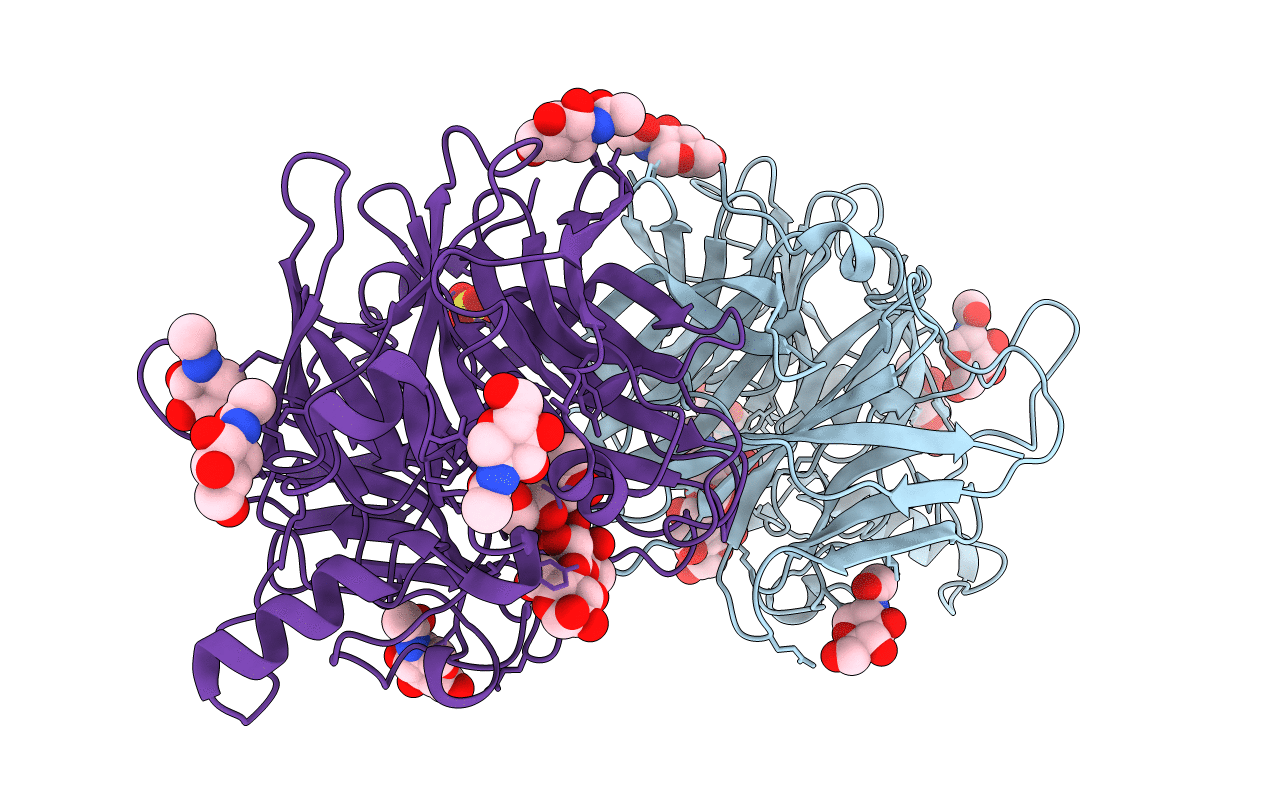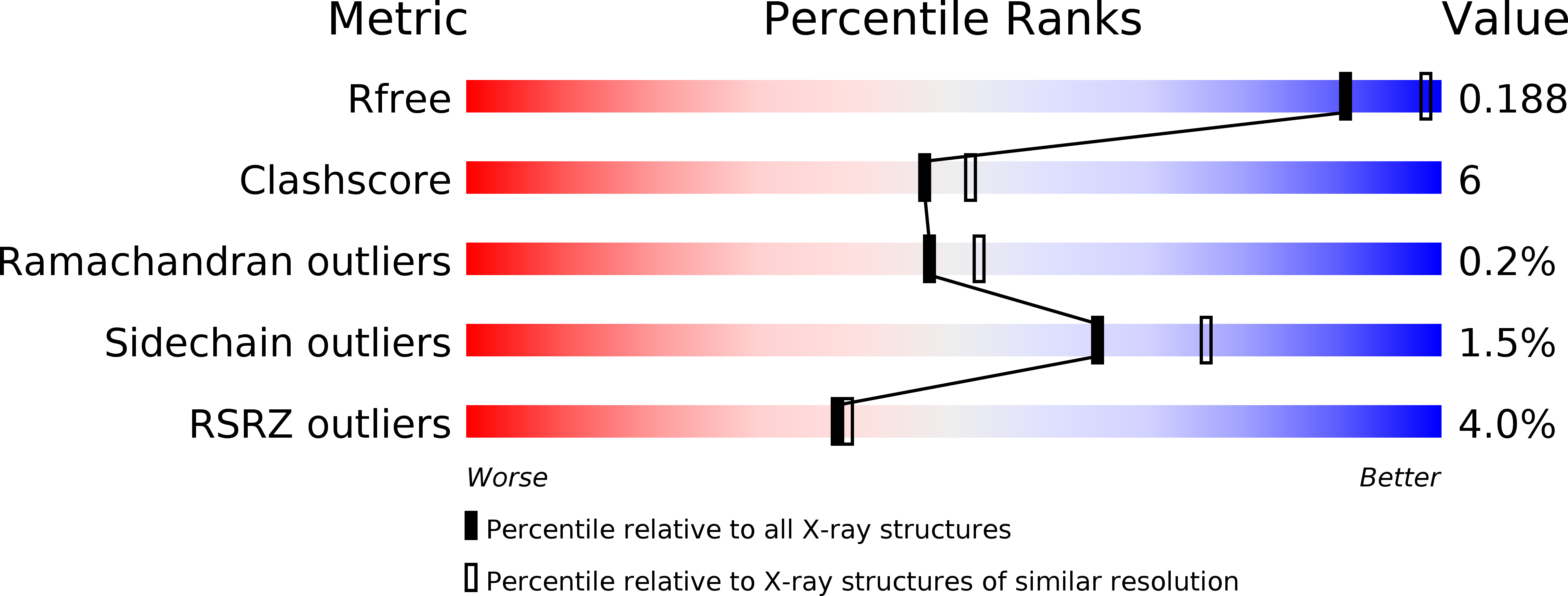
Deposition Date
2016-01-14
Release Date
2016-09-28
Last Version Date
2024-11-20
Entry Detail
PDB ID:
5B2D
Keywords:
Title:
Crystal structure of Mumps virus hemagglutinin-neuraminidase bound to 3-sialyllactose
Biological Source:
Source Organism:
Mumps virus (Taxon ID: 11161)
Host Organism:
Method Details:
Experimental Method:
Resolution:
2.18 Å
R-Value Free:
0.19
R-Value Work:
0.17
R-Value Observed:
0.17
Space Group:
P 61


